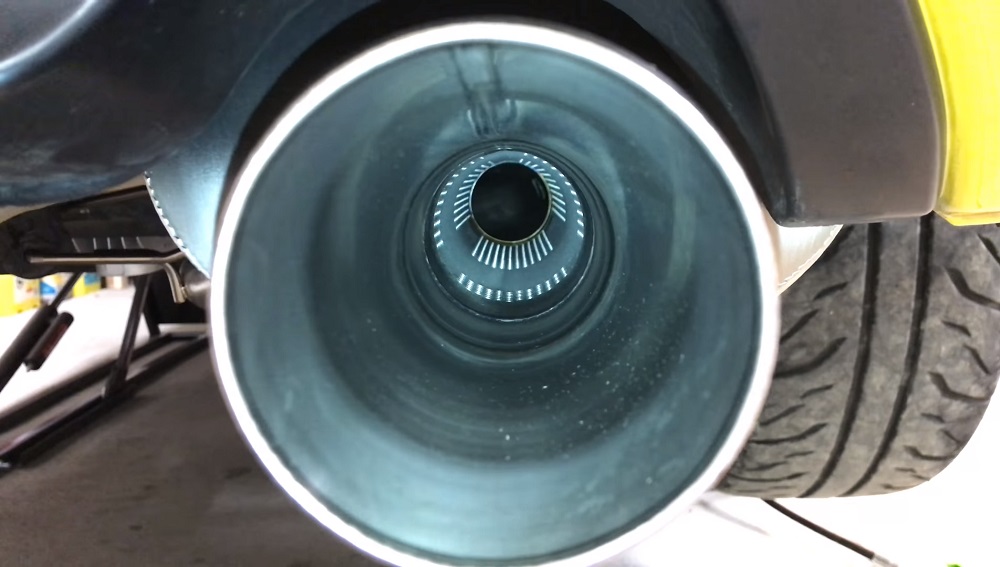You Shouldn’t Say an Exhaust System Needs Back Pressure
According to Engineering Explained, exhaust science is a lot more complicated than just one metric.
Jason Fenske, of the show Engineering Explained, begins his latest video by completely flipping the script on us. For decades we’ve heard people parrot the “exhausts need back pressure” idea as fact, though most likely they have no idea what back pressure is, or why it’s a good/bad thing.
From the very beginning, Fenske states that he is going to prove “why exhaust back pressure is bad” continuing by replacing the idea of exhaust back-pressure with exhaust scavenging, and exhaust velocity, which are both good. In reality, your car’s exhaust is a very complex system with a lot of well defined research done to determine the best interaction between the appropriate metrics.
He begins the explanation with the basics, including what the meaning of all these metrics are, and how they interact. Aftermarket exhaust systems are usually a larger diameter with less restriction, and they make more power, so a bigger exhaust is always better, right? Well, a smaller diameter exhaust is going to be more restrictive, but the exhaust gasses will escape through that pipe at a higher velocity.
It’s sort of like when you put your thumb over the end of the garden hose, because you’re adding a restriction, but drastically increasing the velocity of the water exiting the hose. A huge unrestricted hose is going to flow just a trickle, on the flip side of that token. “You want some balance of velocity and minimal back-pressure. Somewhere in the middle is that sweet spot where you have good exhaust flow, with good speed to it, you have good scavenging characteristics, but you don’t have too much back-pressure.”
He then dives into a very elaborate explanation of a difficult to grasp concept, pressure waves. Basically, exhausts are ‘tuned’ to optimize both pressure waves and inertial scavenging. When an exhaust pulse gets to the collector of a header or manifold, a negative pressure wave reverts back toward the exhaust valve. If it arrives at exactly the moment the valve opens to dump spent exhaust, the low pressure there will help suck out the cylinder’s contents.
“If you have too much back-pressure, it’s not allowing those exhaust gasses to escape, and that’s causing your engine to have to work harder to push out those exhaust gasses.”

